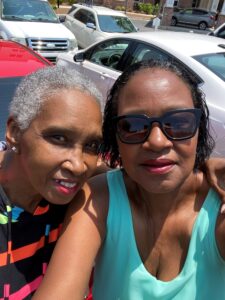by Gina Mayfield
One afternoon, in the late summer heat of North Georgia, four E.R. Snell construction workers were busy on a job site. “We were building a new bridge and had some piles underneath it that we were bringing up to the top of a pretty steep hill,” says Jimmy Wilson, who was driving a tractor that day. Also on scene was Lamar Henderson and Austin Parker, a guy they called Tiny, who was operating the bulldozer. Plus another employee in his 70s, Ron.
As Ron made his way to the top of the hill, Jimmy’s back was turned to him. “I heard a racket, and Tiny started blowing the horn,” Jimmy remembers. “I got out of the tractor and ran around it to find Ron on the ground unresponsive. He wasn’t breathing. I rolled him over. His eyes were glazed over. There was just nothing there.”
Tiny called 911 and Jimmy started chest compressions. “A few minutes into it, Ron gasped for air, and went right back out with no response. After several more minutes of chest compressions he finally got his breath and started to come to,” Jimmy says.
Paramedics arrived in about 6 to 8 minutes, just as Ron regained consciousness. “He was incoherent and didn’t know what happened or where he was. The team had to coach him into the ambulance,” Jimmy says. Off Ron went to the hospital where he stayed for several days before returning home with a pacemaker and his wife who encouraged him to retire, which he did.
“The paramedics told us if we hadn’t started CPR, Ron wouldn’t be here with us now. The doctors said the same thing,” Jimmy says. “Ron is in his 70s, but you would never know it. He would outwork some of the 20-year-old kids we had working with us. That’s just the kind of worker he was. It was just a shock for him to go down like that. He worked really hard every day. You just never know.”
That’s true. Nobody can predict when and where CPR will be needed to save a life. After E.R. Snell’s safety manager, Jason Robinson, joined the company five years ago he soon began providing significantly more First Aid/CPR/AED training classes. As a career retired firefighter/paramedic, he understood the importance of training all employees, not just those on construction sites. He added two instructors and started training and certifying superintendents and foremen, then crew leads, and is working toward a goal of reaching 100 percent of the staff, including the administrative team. He says that’s absolutely doable without interfering with production.
Jimmy had taken one of Jason’s classes just a few months before saving Ron. These days, Jason shares their story even beyond the walls of E.R. Snell to encourage other organizations in their area to make CPR training a priority. When asked, he’ll even teach the class himself.
“If it weren’t for me having that CPR training, we would have been in big trouble that day,” Jimmy says. “We would have been in panic mode, and it wouldn’t have dawned on me to start CPR that quickly. . We might have started compressions eventually, but I wouldn’t have known that time matters. Minutes matter. Seconds matter.,” Jimmy says. “I’m just glad I had that CPR training. In my opinion, every workplace should offer some kind of first-aid training and CPR classes, because it really helped us.”



